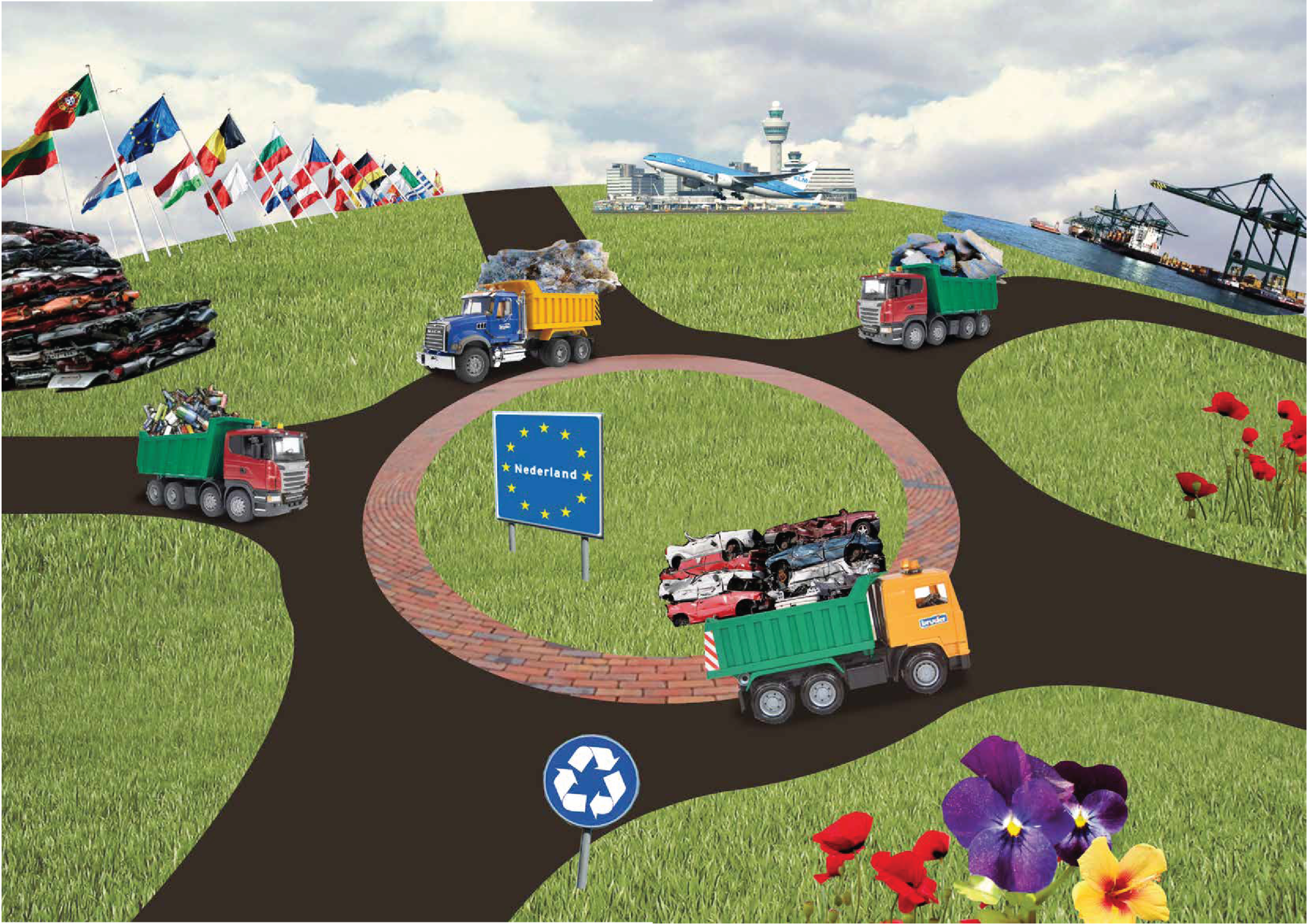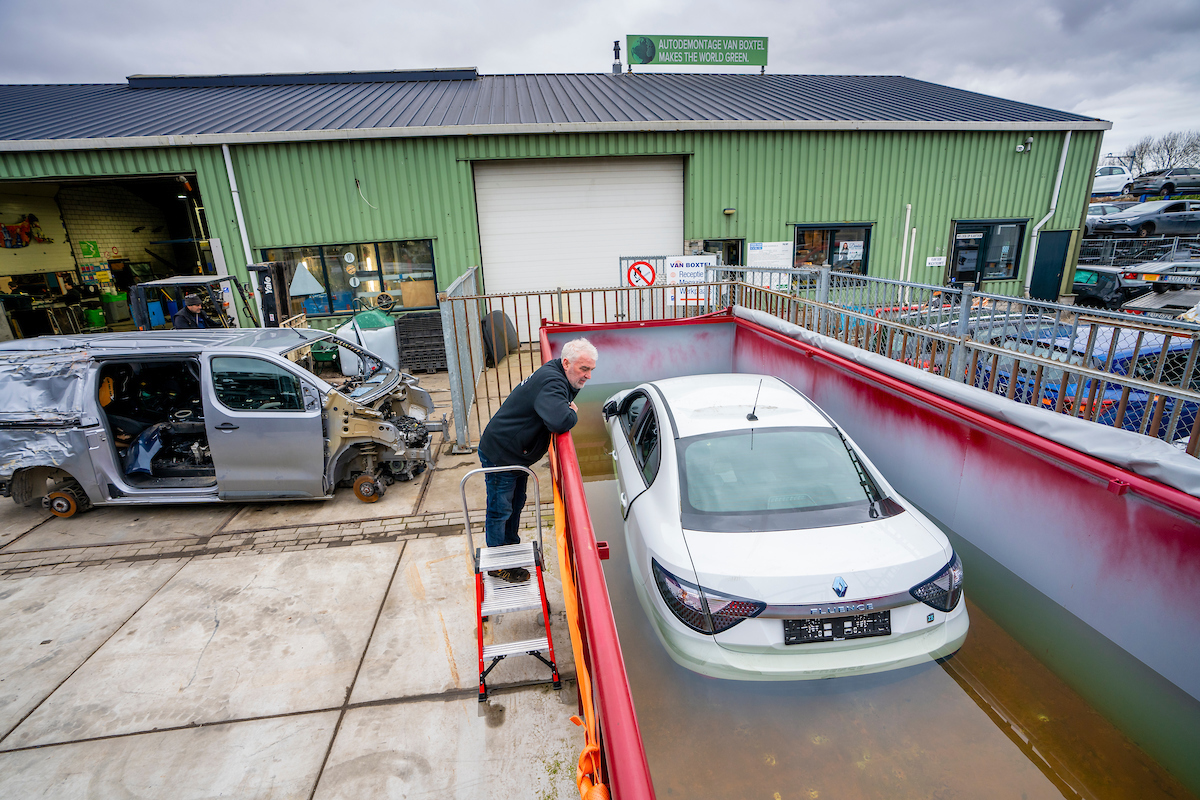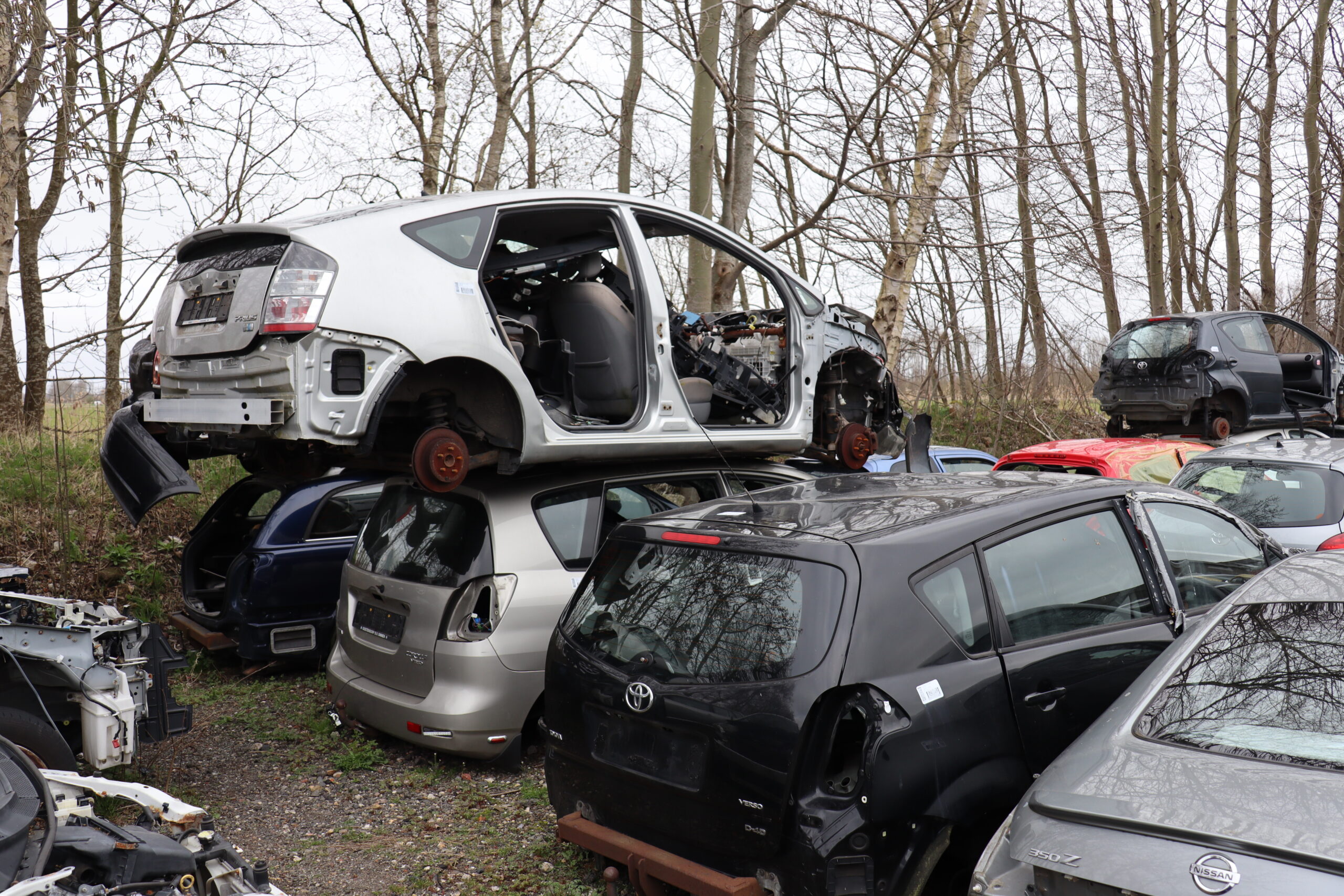According to McKinsey & Company, the automotive industry could reduce the CO2 emissions of their material production by 66 percent by 2030 if the various parties in the industry started cooperating right now.
To limit global warming to 1.5 degrees Celsius – a safe threshold, according to the IPCC, the scientific climate panel of the United Nations- it is essential to achieve a CO2-neutral society by 2050. This climate goal was stipulated in the Paris Agreement, which was signed by 195 countries. If this goal is to be achieved in 30 years, the automotive sector and road traffic will have a significant part to play. Over eighteen percent of the CO2 emissions in the Netherlands can be traced back to road traffic (source: CBS). The Paris Agreement states that the CO2 emissions in this sector should be reduced by 80 percent by 2050. As a result, many manufacturers of parts, among others, have set ambitious goals in the area of decarbonisation. The goal is simple yet challenging: the production of a carbon-free car.
Material emissions
One of the key causes of these excessive CO2 emissions is the fact that vehicles currently still widely use fossil fuels, like gasoline and diesel. 65 to 80 percent of the CO2 emissions produced by a car are the result of exhaust emissions and the corresponding indirect emissions of the fuel supply. It’s hardly surprising, then, that the automotive industry is undergoing a large-scale shift towards electrically powered vehicles. According to McKinsey, material emissions (the CO₂ emissions produced during the production of materials) are also an important factor manufacturers should take into account in the quest for a carbon-free car. After all, as exhaust emissions decrease, the material-related emissions of vehicles will increase in both an absolute and relative sense, and form a larger component of the lifecycle emissions. The consultancy firm estimates that the increasing market share of electric vehicles – with higher material emissions and the changing energy mix required to propel them – will cause the percentage of material emissions as part of the total CO₂ emissions of cars to increase from 18 to 60 percent by 2040*. This significant leap offers both a challenge and an opportunity in the search for a carbon-free car.
‘As exhaust emissions decrease, the material-related emissions of vehicles will increase in both an absolute and relative sense, and form a larger component of the lifecycle emissions’
The next great opportunity for the automotive industry
McKinsey claims that we have to develop strategies to tackle material emissions now. According to the consultants, this is of the utmost importance, as achieving large-scale decarbonisation requires a long-term commitment. The automotive industry will have to embrace new technologies and apply and scale up the corresponding processes. On top of that, the industry will also have to manage changing material flows. Moreover, the availability of some low-carbon technologies in the short term may be limited. This means parties from the automotive industry would have to start planning the transition to lower emissions right now. After electrifying power trains, this is the next great opportunity for the automotive industry to reduce global CO₂ emissions, the consultants say. Only if both transitions are realised can we replace today’s cars with the carbon-free cars of the future.
Increased use of recycled materials
To create the foundations for this transition, McKinsey researched the carbon abatement potential as well as the cost implications of a nearly complete range of automotive materials. This analysis shows that, for vehicles with internal combustion engines, a material emissions abatement of 29 percent* could be achieved in a cost-effective manner by 2030. The industry should prioritise those methods that can help achieve these savings. These methods include electrifying existing processes, using low-carbon energy sources and applying and scaling new technologies that reduce process emissions. Not only will this lead to an increase in the use of recycled materials, but it will also result in an increase in the actual materials recycled. For instance, the emissions of the production of aluminium can be reduced by about 73 percent* compared to the current level if more recycled aluminium and green energy are used and new smelting technologies are implemented. At the same time, the production costs can be reduced. On top of this, recycled materials such as polypropylene or polyethylene could be used, especially for vehicle components that are not directly visible, resulting in a decrease in plastic production emissions of 34 percent*. Finally, scaling up nylon recycling technologies may allow for a plastic emissions abatement of up to 92 percent*.

‘The emissions of the production of aluminium can be reduced by about 73 percent compared to the current level if more recycled aluminium is used’
Challenges to be tackled
While the ecological and environmental promise of decarbonising materials in the automotive value chain is a wonderful one, significant challenges have yet to be tackled. For example, the carbon abatement methods require virtually all parties in the automotive value chain to play their part. Most material emissions identified by McKinsey are not under direct control of the manufacturers that supply parts for the assembly of cars. For example, the analysis indicates that 79 percent of the emissions resulting from aluminium production take place during the smelting process. On top of that, many of the required technologies are not yet available at a large scale and would require significant prior investments. Furthermore, the material flow is complex and difficult to trace. To make things more difficult, none of the methods of producing cars in a CO₂-neutral manner can be implemented by a single organisation. In short: this transition is only possible if all parties in the industry’s value chain work together.
Teamwork makes the dream work
To achieve cooperation between all players in the automotive industry, these parties will have to assess and determine their role in order to identify the areas in which they wish to exert influence and where they can create the optimal competitive advantage. In order to make emission abatement cost effective, the various parties will have to work together with other players in the ecosystem. This requires a thorough assessment of suppliers. For example, a coalition of parties could use high-grade aluminium from used vehicles. According to the consultancy firm, in order to replace today’s car with the carbon-free car of the future, leaders in the automotive industry must bring together other players for the second great transition that will result in a drastic abatement of CO₂ emissions.






